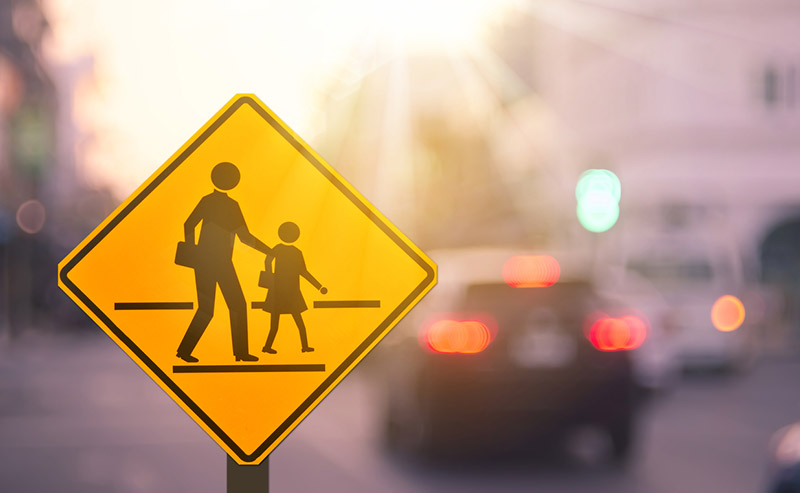Now, more than ever, school safety is weighing heavy on the hearts and minds of school administrators across the country. Not only are they grappling with how to get students and faculty safely back in the classroom during the COVID-19 pandemic, but they are becoming increasingly concerned about gun violence. And justifiably so.
According to journalists with Education Week, there were 24 firearm-related incidents on K-12 school property in 2018. This number increased to 25 in 2019, leaving 51 people (children and adults) dead or injured. In 2020, the number of school shootings dropped to just ten, though most likely due to COVID closures, leaving 12 people (again, both children and adults) dead or injured.
Interestingly, and as published in a CBS news report, “March 2020 was apparently the first March in nearly two decades without a school shooting in the U.S.”
While we can all hope this downward trend continues as schools reopen, it is absolutely essential to remain prepared. Experts know that the COVID-19 pandemic has taken a toll on almost everyone, including students, as they have lost valuable time in the classroom and socially with friends and family. Exactly how this may affect their emotional stability going forward is yet to be seen, but thankfully, children are resilient.
As educators, it is important to know the warning signs of students who may hurt themselves or others and to take action before they carry out an act of violence. Notably, and according to the nonprofit organization, Sandy Hook Promise, in four out of five school shootings, at least one other person had knowledge of the attacker’s plan but failed to report it. Visit this page of their website now to learn 16 facts about gun violence and school shootings.
Also, as school administrators, consider reviewing your campus’s or district’s Emergency Operations Plan (EOP) before the return of your entire student body. Better still, conduct a scenario-based exercise as soon as schedules permit. Exercises allow you, staff, substitute teachers, students, and the community to familiarize themselves with the EOP. Coordination of exercises with local emergency response agencies and stakeholders also leads to more effective and efficient management of actual emergencies, whether pandemics, active shooter events, natural disasters, or other disruptions.
In the meantime, know that this Valentine’s Day, February 14, 2021, marks the third anniversary of the mass shooting at Marjory Stoneman Douglas High School in Parkland, Florida. It was then and there that a former student claimed the lives of 17 innocent people (fellow students and staff members) and injured 17 others.
At BOLDplanning, our thoughts are with those whose lives were forever changed by this tragedy.






